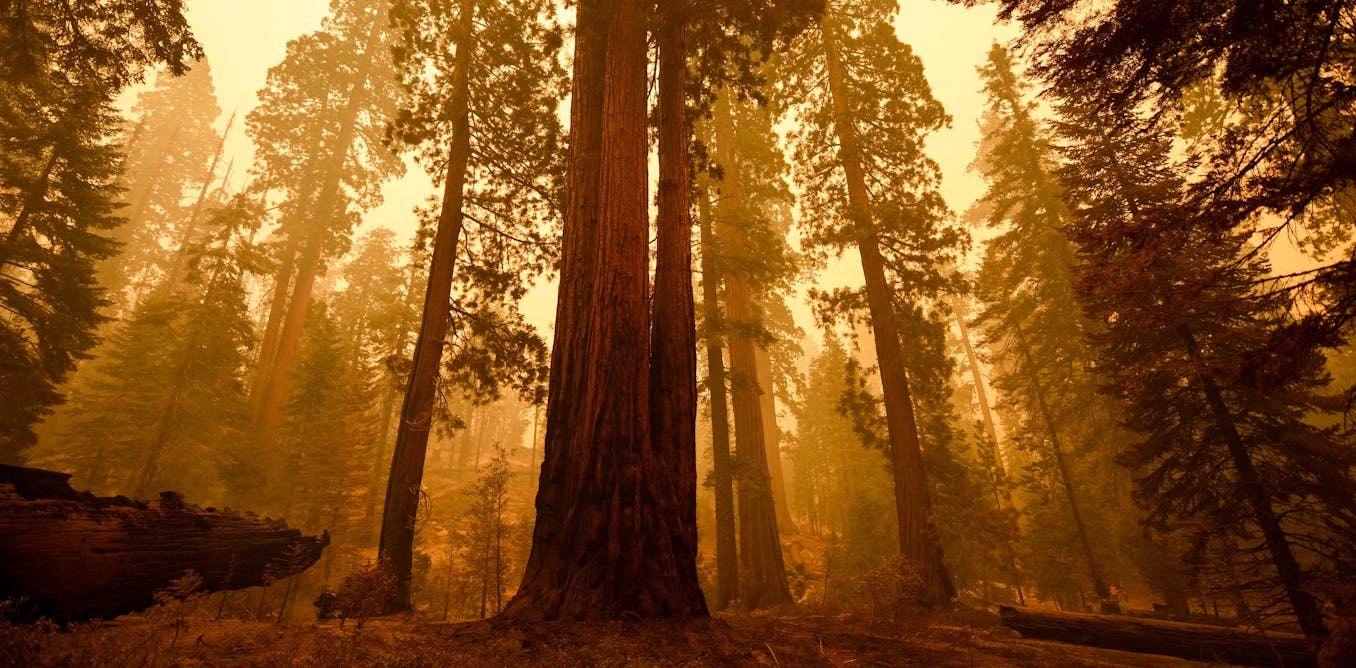Key insights
-
1
Tree Stomata and Smoke
Trees have specialized pores called stomata that they can open and close to regulate gas exchange. During wildfire smoke events, these stomata close to avoid inhaling harmful particles, much like humans might hold their breath in polluted air.
-
2
Impact on Photosynthesis
When trees close their stomata, they also reduce their ability to photosynthesize, which is the process by which they convert sunlight into energy. This can lead to reduced growth and vitality over time if the smoke exposure is prolonged.
-
3
Water Regulation Challenges
Stomata closure also affects water regulation within trees, potentially leading to increased stress and vulnerability to other environmental factors such as drought or pests.
Takeaways
While the ability of trees to close their stomata in response to wildfire smoke is an adaptive trait, it comes with significant drawbacks. Reduced photosynthesis and impaired water regulation can lead to long-term stress and decreased resilience, highlighting the broader ecological impact of increasing wildfire incidents.

